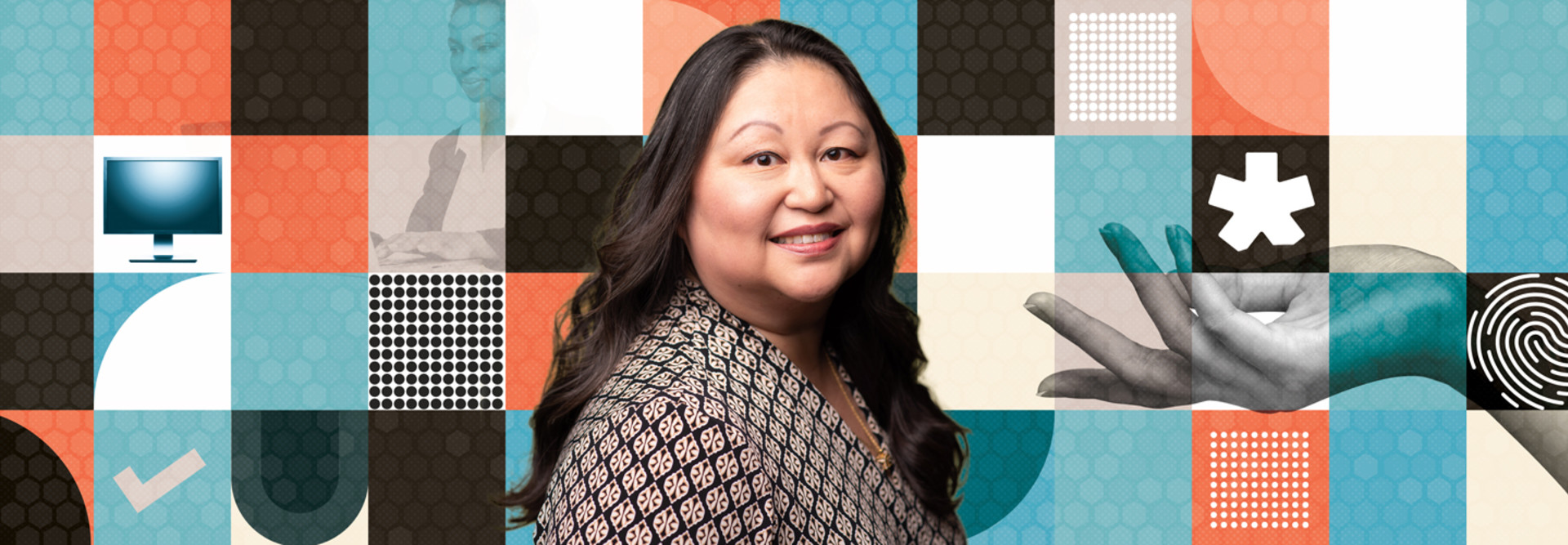Healthcare providers are entering a new year facing rising costs from inflation, a worsening labor outlook, a challenging cybersecurity landscape and stresses from a global pandemic.
What technology-enabled solutions do healthcare IT leaders have on their radar to help them face new or ongoing trials for 2023? Here are three tech trends for the next 12 months, according to experts and IT staff:
- Moving toward stronger zero-trust security adoption: In early 2022, when the White House ordered federal agencies to adopt zero-trust security by 2024, it not only signaled greater zero-trust adoption in government, but also set an example for other industries to follow. The increase in remote work and use of mobile and cloud computing requires healthcare organizations to go beyond perimeter-based security and embrace a zero-trust approach.
- Acting on social determinants of health data: Data analytics enable providers to gain insight into their business and clinical operations to improve population health efforts and reduce costs. Patients increasingly expect providers to collect data on social determinants of health (SDOH), analyze how factors such as housing, food instability and income affect people’s health, and provide information or services to assist people who face those issues.
- Prioritizing clinician wellness with automation: Clinicians are burned out, and health systems are facing staffing shortages across departments. The Quadruple Aim calls for the improvement of staff well-being, and in response, health systems are embracing automation to lessen clinicians’ administrative burdens.
HealthTech spoke with leaders from three healthcare organizations about how they’ve effectively adopted and benefited from these areas of focus.














